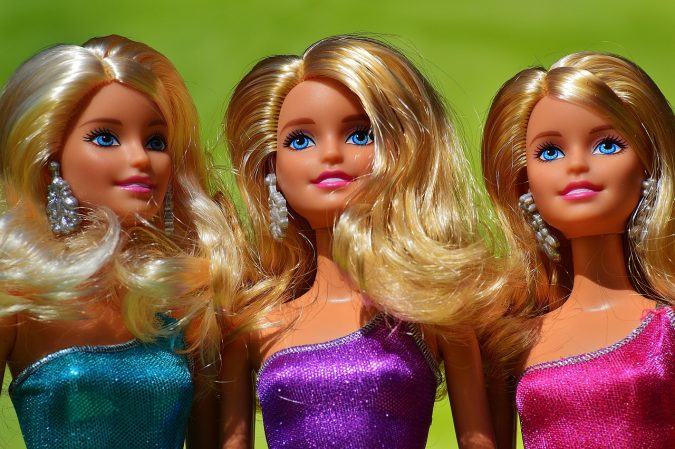The birthday of the Barbie doll is considered March 9. In 1959, it was first presented at the American International Toy Fair. Before Barbie appeared, most children’s toys were in the form of almost sexless nappies, and entrepreneur Ruth Handler came up with the idea to fill an empty niche in the market and make an “adult” doll. The wife of Mattel’s co-founder, Ruth Handler, named her creation after her daughter Barbara. Barbie revolutionized the world of toys, becoming extremely popular – Mattel sold over a billion pieces. Over half a century, Handler’s creation was constantly changing, trying to keep up with the social and cultural challenges and technological breakthrough. As a result, Barbie ceased to be just a toy, becoming a kind of embodiment of the modern world in all its diversity. About the evolution of the cult doll, which became synonymous with the word “beauty” – in the material of the portal iz.ru.
Meet Barbara Roberts

Mattel introduced the first Barbie doll in the hijab
According to legend, the full name of Barbie is Barbara Millicent Roberts. She comes from the town of Willows in Wisconsin.
The prototype of Barbie was a German doll Bild Lilly, which Handler noticed in a store window during a trip to Europe. It was made in the image of a character created by a cartoonist for the Bild newspaper.
In the tabloid, long-legged blonde Lilly, whose hair was collected in a ponytail, was a typical representative of the postwar generation. She worked as a secretary, was relaxed and spoke openly about her lovers. The artist revealed the character of a glamorous girl through different situations. For example, when she was on the beach, she asked a policeman: “Separate bathing suits are prohibited? And what part should I take off?”
Production of the Lilly doll began in 1955 and continued until 1964, when Mattel bought the rights to it. Lilly with red lips and raised eyebrows conformed to the standards of beauty of the middle of XX century, when everyone was crazy about Brigitte Bardot and Marilyn Monroe.
The first Barbie in a black and white striped strapless swimsuit looked a lot like Lilly: the same red lips, black eyeliner, eyebrows with a twist and tail like Audrey Hepburn.
Like a Hollywood star
The style of the doll changed after the fashion – it was influenced by the graceful First Lady Jackie Kennedy, and bold bright youth trends. In the 1960s, Barbie started coming out with bending legs and eyes that could open and close.
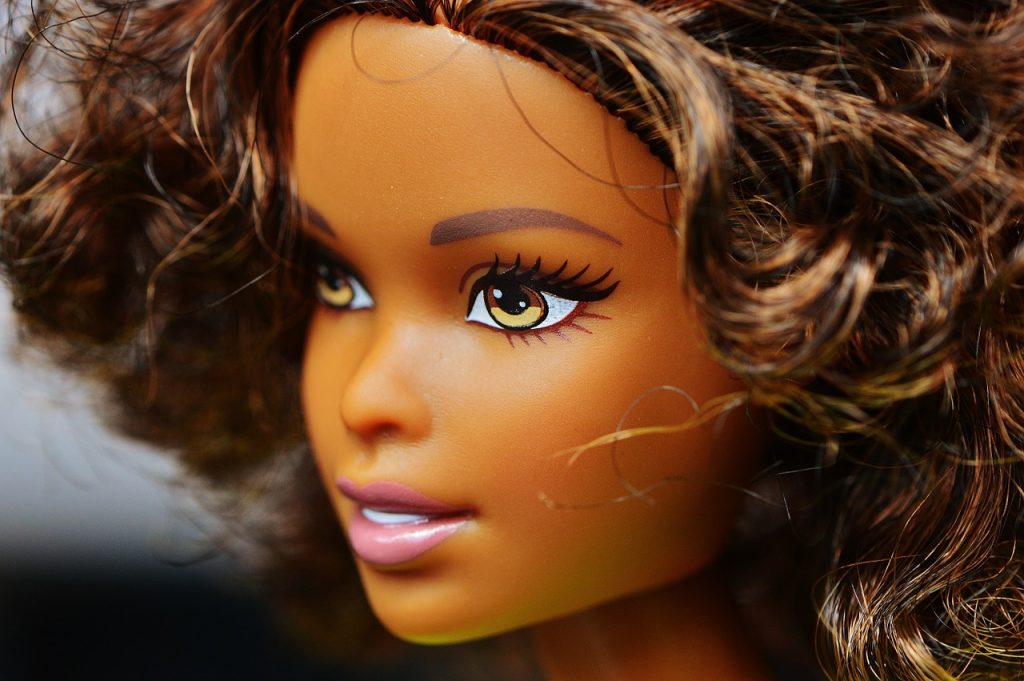
In addition to the external transformation, the manufacturers decided to burden Barbie with a family: they made Ken (named after his son Handler – Kenneth), made friends and relatives, and built the Dream House. A huge number of letters came to the doll’s name, just like Hollywood stars – about 20 thousand a week.
In the 60s and 70s of the last century, American society was shaken by violent anti-war protests and economic instability with equal force. In addition, the struggle of blacks for civil rights and the strong feminist movement continued.
At this time, the first black Barbie appeared, as well as the tanned Malibu Barbie, who smiled with a broad “Hollywood” smile. Shyness disappeared from the doll’s face in the image of a California surfer girl; her gaze rushed forward, not sideways as it used to be. Feminists liked these changes.
However, the puppet world was not so perfect and occasional scandals flared up around it. When Barbie was turned into a nanny, “forced” to look after the baby, among the accessories that she was given were a phone, soda bottles and a book “How to lose weight. There was only one piece of advice in it – “Don’t eat.
Another scandal was related to Barbie’s “little sister” Skipper. Mattel wanted to show children how the body of a girl changes when she grows up. With some movement Skipper’s body became longer and her chest “grew”. The society was not ready for a novelty, and eventually the doll was taken out of production.
Yuppie, MTV and BillyBoy*
Frida Calo became the prototype of the new Barbie doll

In the 1980s, Barbie began mastering various professions, she ceased to be a housewife and tried on the role of doctor, astronaut and pilot. The doll was also provided with office supplies and provided her with an evening dress so that after a working day in the office Barbie could immediately go to an elite party.
Then, in the U.S. as an antithesis hippies appeared a new trend among young people – yuppies. That was the name of the young men and women, who sought to build a career, were interested in material success and led a secular life. It was a period when there were more working women than ever before – the result of the struggle for equality.
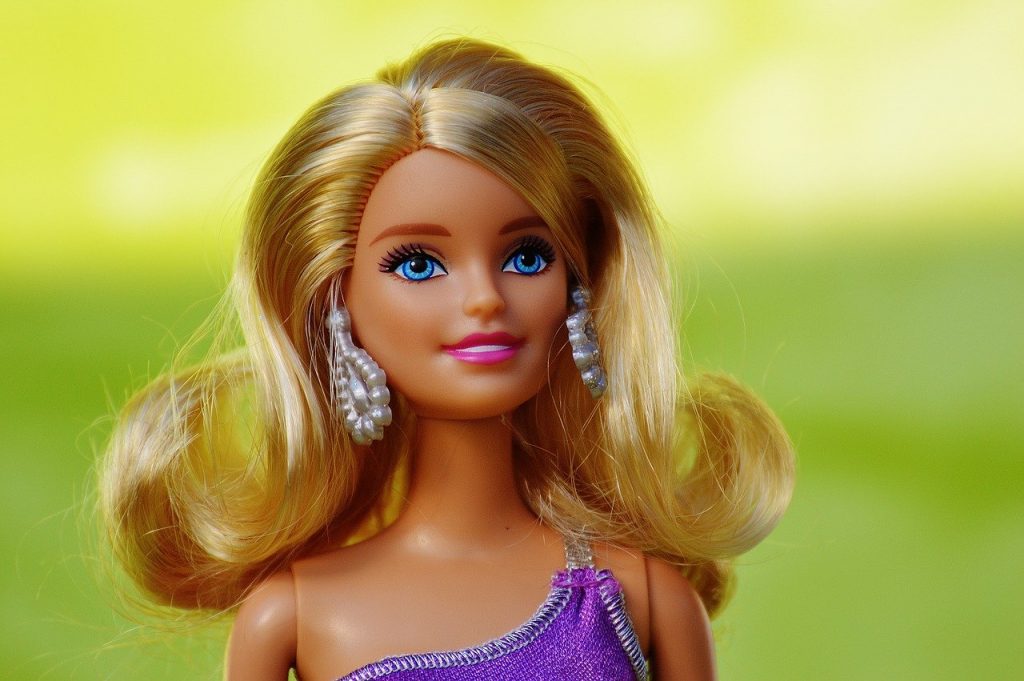
At the same time, a new teen culture arose due to the launch of MTV music channel, so Barbie got her own band and put on leggings.
At the same time, BillyBoy, a jewelry designer who collected Barbie, collaborated with Mattel to create new dolls. When Andy Warhol wanted to paint a portrait of his inspiring BillyBoy, he answered that Warhol had to paint the doll because “Barbie is me.
That’s what happened. A lot called “Barbie, a portrait of BillyBoy*” was sold at an auction for $1.1 million.
A presidential candidate and a stroller
In 1992, called “The Year of the Woman” in the United States (at that time four women of the weaker sex were elected to the Senate), Barbie became a presidential candidate. At the same time, the doll learned to speak. This, however, did not turn out to be very successful. Because of the phrases “I love shopping” and “Math is complicated”, which were programmed, Mattel was accused of propagating sexism.
Then, there was a not very successful partnership with Nabisco, which produces Oreo cookies. Two versions of the doll were released – black and white (as the color of cookies). The African-American community was offended by this comparison and the series was recalled.
Then, there was another quite controversial novelty – the wheelchair doll. It could not move around the Dream House and could not “ride” in Barbie cars. In addition, her hair constantly fell into the wheels of a wheelchair.
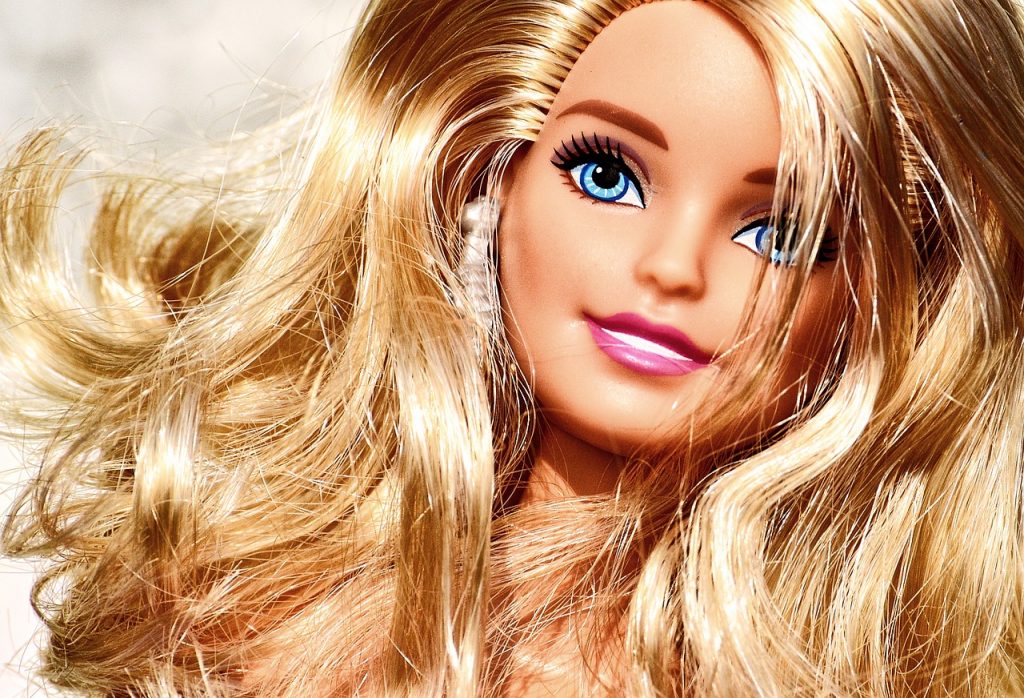
In the early 2000s, Barbie announced her breakup with Ken. This happened after Britney Spears broke up with Justin Timberlake. Then she dressed in leather, as a character Black Canary from the universe of comics DC, and then made a tattoo.
Too perfect
In 2015 Mattel, trying to keep up with technological innovations, launched Hello Barbie – a doll capable of maintaining a dialogue, like a voice assistant Siri. However, an Internet security company has expressed concerns about the possibility of Hello Barbie’s servers being hacked. Specialists feared that hackers could access Barbie’s built-in device and eavesdrop on conversations. Because of this, the doll’s popularity has suffered.
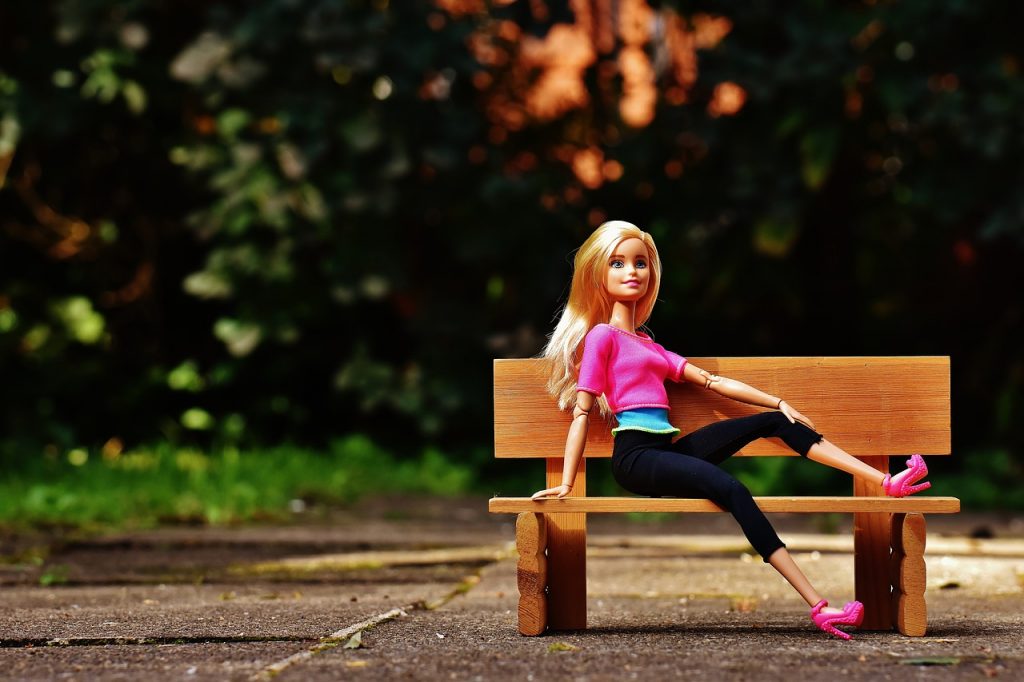
Wishing to regain its former positions, the company has released two new lines with dolls representing different ethnic groups and having different figures. The company decided to make a Barbie collection with three types of body build after a wave of criticism about the doll’s too “ideal” proportions: it was actively discussed that the body structure as Barbie is anatomically impossible.
The steps taken by Mattel slightly revived the demand, but sales were still falling. In the first quarter of 2017, the figure fell by 13%, and in II – by 5% compared to the same periods in 2016.
Later, the manufacturer has diversified the Ken collection, also focusing on the types of figures. Barbie has a wide range of boyfriends: skinny, broad-shouldered and normal build with different colors of eyes, hair and hairstyles.
Question in a million
The main concept adhered to by the brand is that girls can become anything and it does not matter whether the work is considered purely female or exclusively male. According to the idea of the company, playing with a doll who “tried” herself in 150 professions, children realize that nothing is impossible for them and they can do what they want in the future.
Scientists told about the harm caused by a large number of children’s toys.
Here comes an interesting question: Mattel with the help of Barbie inspires people to try themselves in different fields, or does the manufacturer of dolls just follow the trends that already exist?

Recently in the U.S., Mattel commissioned a survey of 8,000 mothers and found that 86% of them are worried about who becomes a role model for their daughters. In 2018, for International Women’s Day, the company presented a series of “Inspiring Women”, which included three dolls made in the image of outstanding historical figures. They are the Mexican artist Frida Calo, American Amelia Earhart, who was the first female pilot to fly the Atlantic Ocean, and mathematician Kathryn Johnson, who made a huge contribution to the development of aeronautics and the U.S. space program.
By March 8, Mattel also added 14 new toys to the Shero series (“She’s a Hero”) depicting, among others, the American snowboarder, 2018 Olympic champion Chloe Kim, director and screenwriter Patty Jenkins, boxer Nicola Adams.
Shero was launched in 2015 in honor of modern women who have achieved a lot in their field. Last year, the first Barbie in the hijab became part of the lineup. This doll Mattel was inspired by fencer Ibtihadj Muhammad – the first American athlete who performed at the Olympics in the traditional Muslim shawl.
A bit of a feminist
According to Anna Monnier, the head of the toy department of the Museum of Decorative Arts in Paris, Barbie has always been a doll that allowed girls to present themselves as independent women. “She is a bit of a feminist. She is single, she has no children, she is absolutely free to choose what to do in life”, – said Monier.
In addition, Barbie has no sexual orientation. Last year the brand was supported by the LGBT community – in Instagram there was a photo of two dolls in T-shirts with the inscription “Love wins”. This is a slogan of sex minorities. Barbie also does not belong to any particular social class. Rather, on the contrary, the appearance of the doll to some extent blurred the line between rich and not so, because the first Barbie cost only $3, and it could be afforded by families even with low income.
It does not matter what really drives Mattel – the desire to instill in children a sense of tolerance and self-esteem or the company is chasing only profits. As long as girls have something to dream about and as long as they are not fully captured by the Internet world, Barbie will be in demand.
